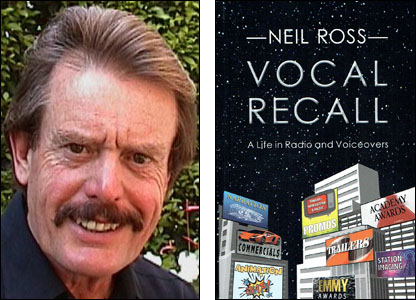- When a character is killed in a comic book, that character is only dead if the present controller of the copyright wants him or her to be at that moment.
- If a comic book page needs arrows to tell the reader the order in which the panels should be read, it's probably not a well-designed page.
- Adding more word balloons and sales blurbs to the cover of a comic book rarely makes it more saleable but those additions always lessen the impact of the image.
- A lot of us try too hard to turn whatever we work on into a facsimile of the first comic book we really loved as a child.
- Sometimes, having one of the best artists ink the work of another of the best artists results in a comic that, while nice-looking, isn't as wonderful as what either artist would have done on their own.
- When you write a comic book with a lot of captions, stop before you submit your script and read over all those captions to make sure they're all in the same tense.
- The Comics Code might have been necessary in the fifties but they could have gotten rid of it in 1970 and the only thing that would have been different is that a few comics might have been a little better.
- Word balloons usually overlap everything in the panel but sometimes, part of one is tucked behind a character's head or some object in the panel. When they are tucked behind, no part of them should overlap something or someone that is supposed to be closer to "camera."
- "Villain" is not spelled "villian," nor is "weird" spelled "wierd."
- The word "anniversary" refers to a number of years. If a comic has been published for 20 years, we can celebrate its anniversary. If it has been published for 100 issues, that is an impressive achievement but it is not an anniversary.
- In any ongoing series, the writer needs to remember that some readers did not read previous issues.
- If anyone else working for the company has the same first name as you and a last name that starts with the same letter as yours does, you will eventually receive one of his paychecks.
- Readers like to see the character clearly from time to time in full-figure poses. This is especially true when the comic features characters who are visually interesting. Don't always show the character in shadows or head shots.
- If you run a "pin-up" page in a comic, less than .0001% of the readers will actually pin it up.
- When a writer needs to convey a lot of exposition that can only be done via dialogue, that writer needs to think of something visually interesting that the characters can be doing as they say all that stuff. Standing around talking is not visually interesting.
- In any office that employs more than 7 people, there is always one employee who knows where everything is and keeps the office functional and operating. The readers of the comics that come out of that office are usually totally unaware of that person.
- If you write comic books for more than five years, you will one day come up with a sensational idea for a story and you will then write several pages of it before you realize you did it before.
- Sound effects should not cover the drawing of whatever is making that sound.
- Ever since Amazing Spider-Man #50 in 1967, it is required that any super-hero comic at some point has a storyline in which the hero gets fed up with being a hero and quits and throws away his or her costume.
- Retroactively changing something in a character's origin story is a sneaky, devious way to generate a new plot.
- If in a comic you use the phrase, "Trapped in a world he never made," you need to explain (a) what world he is trapped in, (b) what world he did make and would prefer to be in, and most importantly, (c) how many worlds has this character made and how is it that he or she has the ability to make worlds?
- Fans often say about some artist, "He can't draw Superman" or "He can't draw Spider-Man" or you can insert the name of any established character…but that's not true. A professional comic book artist can draw any character. He or she just may not draw them to match your favorite version of how that character looks.
- In a store, if a potential customer looks at a comic and isn't sure if he or she already has that issue, he or she will decide not to purchase it. For that reason, the cover of this month's issue should look nothing like the cover of last month's issue. If nothing else, they should have very different color schemes, especially in the logo.
- If (and only if) it will not crowd the drawing in the panel, small word balloons should float near the person speaking what's in them. They should not be jammed up against a panel border, away from their speaker and situated so the white in the balloon meets up with the white on the other side of the panel border.
- If you work in comic books and you meet someone who asks you what you do, you should never hesitate to tell him you work in comic books. And I wish those who act ashamed of it would do me and themselves a favor and get the hell out of the business.
The last 25 of these will be along in a few weeks.






